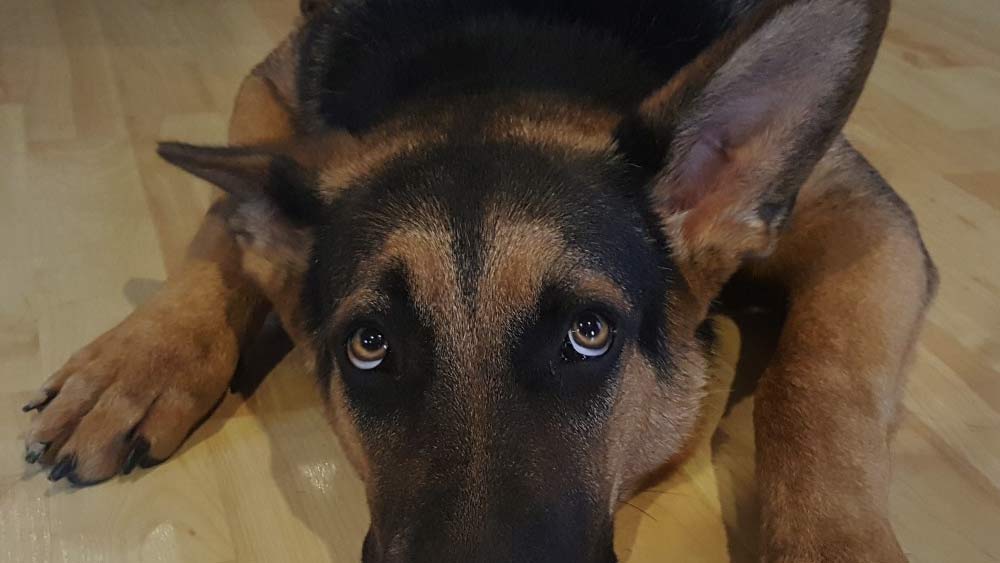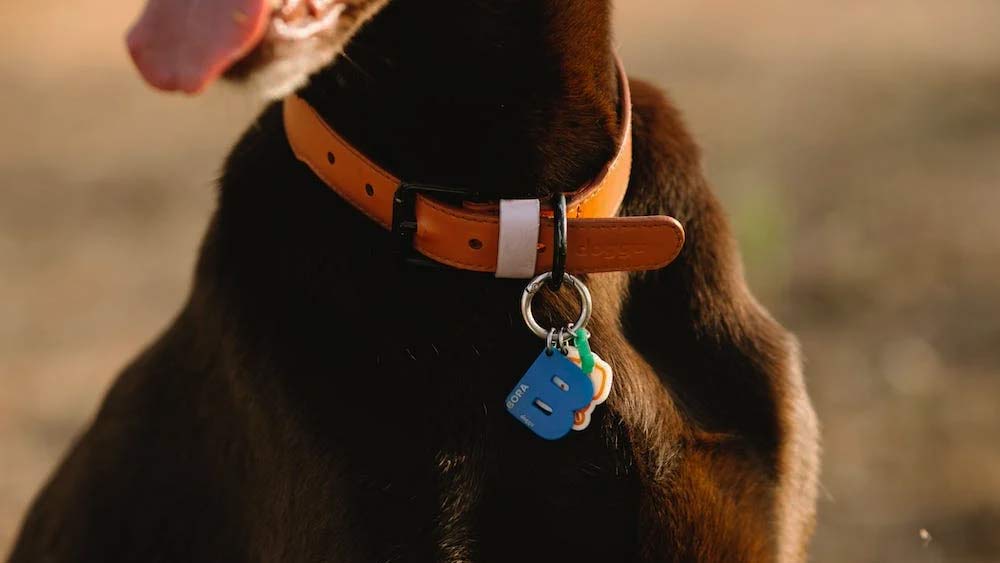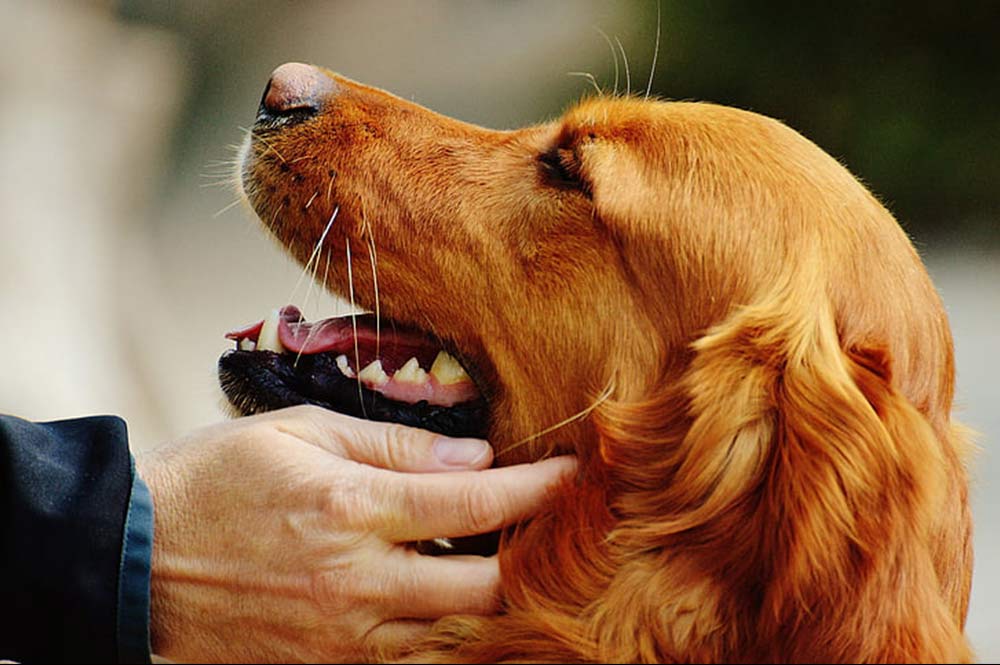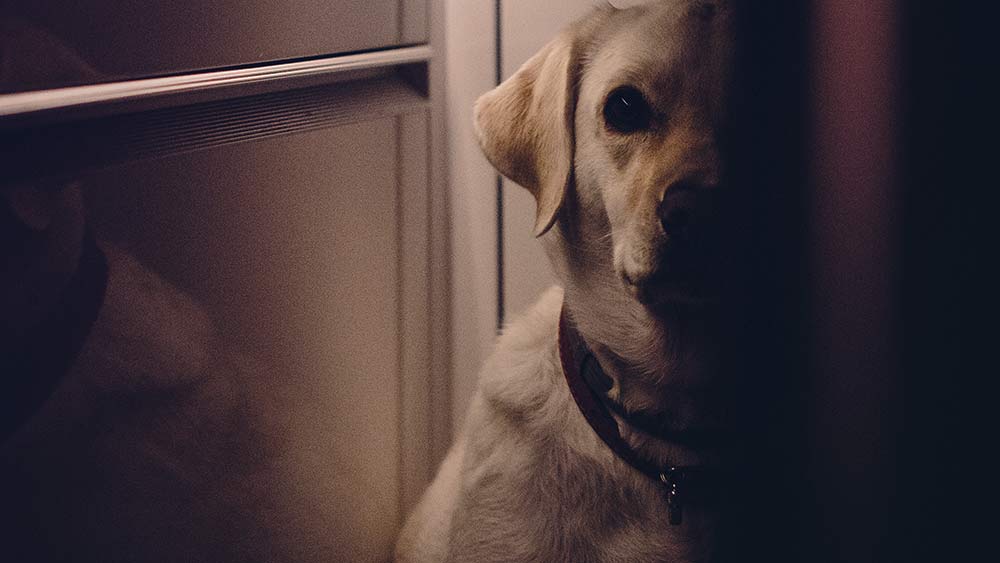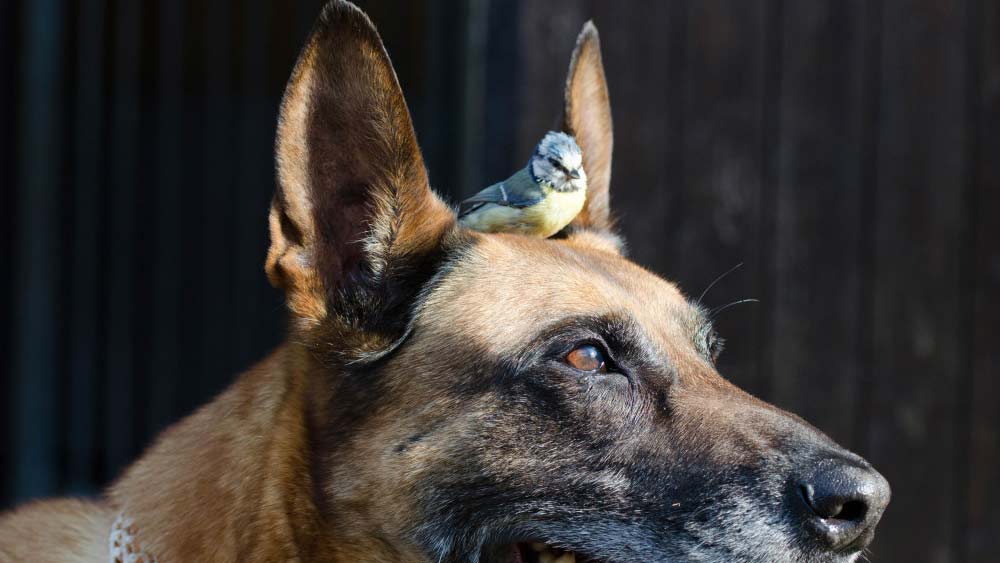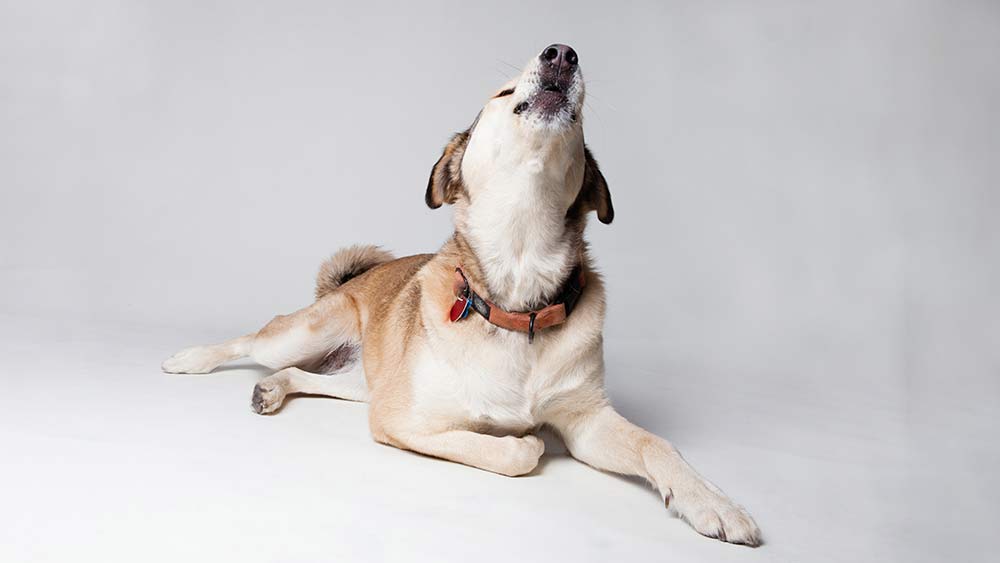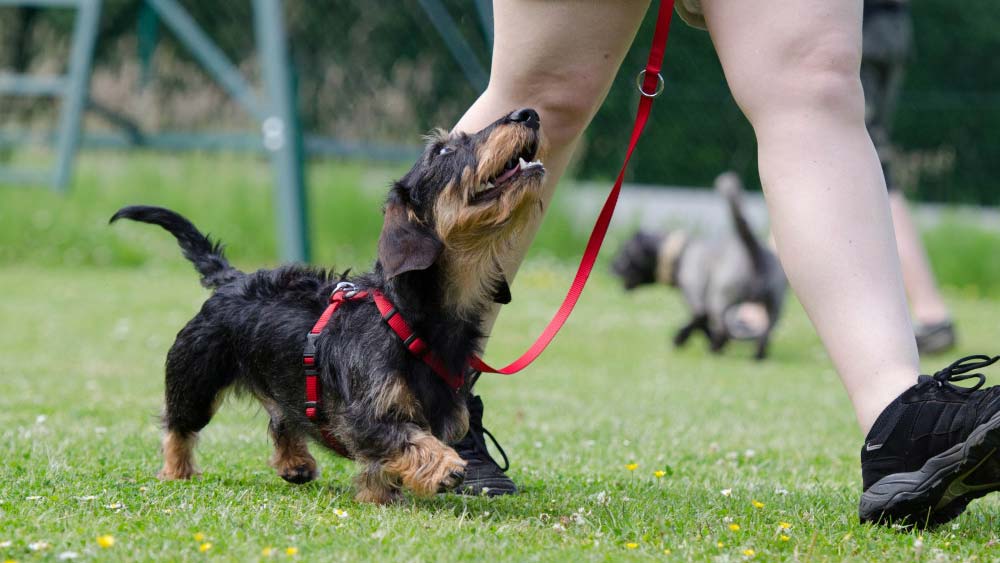image Flickr
We all know stress isn’t good for us, but did you know it can affect your dog, too? Stress in dogs is a serious issue and can have long-term consequences on their physical and mental health. Dogs employ body language to communicate when they’re stressed or anxious, so it’s important for owners to be able to recognize these stress signals. In this blog post, we’ll discuss the common signs of stress in dogs and what you can do about them.
Reasons why dogs become Stressed
– Separation from their owners
– Loud noises such as thunder and fireworks
– Moving to a new home or being rehomed
– Change of routine including time left alone, new people in the home, changes in diet, etc.
– Visiting unfamiliar places or taking part in activities they are not used to
– Conflict between humans or other animals living with them
– An increase in stress hormones at times like when visiting the vet, during grooming sessions, and after surgery
– Lack of physical and mental stimulation e.g., lack of a daily walk, access to puzzles/toys, etc.
– Lack of socialization with other dogs and people
Common stress signs in dogs include:
- – Cowering
- – Growling
- – Lip licking
- – Yawning excessively
- – Constantly seeking reassurance or attention
- – Panting without physical exertion
- – Avoiding eye contact
- – Ears laid flat and back on the head
- – Trembling, shaking, or shivering
- – Excessive shedding and scratching
- – Refusing food/lack of appetite
- – Excessive Sleeping
growling, barking, pacing, panting and trembling. Dogs may also yawn excessively or become withdrawn when stressed. If you notice any of these behaviors in your dog, it’s important to take action immediately. It is not advisable to ignore stress signals as this can lead to more serious behavior issues down the line.
how can I help reduce the stress in my dog?
The first step to resolving stress in dogs is understanding what triggers their stress response. some of the Common triggers for stress in dogs include:
- loud noises like fireworks or thunderstorms
- unfamiliar people or animals entering the home
- changes in routine and lack of exercise.
Once you’ve identified the trigger of stress, it’s time to come up with a plan to help your pup cope with stress more effectively.
Observe Their Behavior when Stressed
The best way to help your dog with stress is to observe its behavior when stressed. Look for signs like excessive panting and trembling, as well as changes in their body language like lip licking or avoiding eye contact. This will help you better understand what triggers stress in your pup, enabling you to create a plan tailored specifically to them.
counter-conditioning techniques
One way to help your stressed dog is through desensitization and counter-conditioning techniques. Desensitization involves gradually introducing a stressor, such as loud noises, in small doses until the stress response decreases or disappears altogether. Counterconditioning uses positive reinforcement to change an existing behavior by pairing it with something the dog enjoys, such as treats or playtime.
safe space
Providing a calm environment for your pup is also key to reducing stress levels. Make sure you have enough stimulating toys and activities available that allow your dog to stay engaged throughout the day. Providing adequate exercise opportunities can also help your pup burn off excess energy and find relief from stress. You may also want to consider playing calming music or using other sensory items like aromatherapy to help your pup relax.
Keep them Engaged with Tasks
In addition to providing stress relief, engaging your dog in tasks can help keep stress levels low. Playing fetch or hide-and-seek, teaching basic obedience commands, or providing interactive toys can all help keep your pup occupied and stress-free.
Positive Reinforcement
it’s important to remember that positive reinforcement is key when it comes to stress relief in dogs. Whenever your pup shows stress-reducing behaviors, make sure to provide plenty of praise and treats. This will help reinforce the behavior and create a positive association with stress relief.
be patient
Finally, it’s important to be patient and understanding with a stressed dog. It takes time for stress levels to subside and some stress may never completely go away. With the right approach and techniques, you can help your pup cope with stress more effectively.
Vet visit
As always, if stress persists in your dog, speak to your veterinarian about seeking professional behavioral advice from an animal behaviorist or certified trainer.
Could Stress lead to aggression and biting?
If stress is not managed, it can eventually lead to aggression and biting. It’s important to discuss any stress-related behaviors with your veterinarian if they persist or worsen over time.
Usual signs of aggression in Dogs include the following:
- Growling
- Barking
- Showing teeth
- Biting
- Their tails are down, their eyes are wide
- Charging with pace
How to Prevent or Reduce Aggressive Behavior in dogs
The Dog is a calm dog by nature, but if you notice aggression, take it to the vet to find out why. Here are some ways to prevent dog aggression:
Proper training
First, teach your dog obedience. If you don’t have the time or knowledge, a professional trainer can do this training. If not trained, the dog may become aggressive as an adult.
Exercising
Playtime is the best way to tire and please your dog. Exercise prevents Dog aggression.
If you exercise them daily, boredom-related aggression will decrease.
Socialization
Puppy classes prevent aggressive behavior. If possible, enroll your puppies in local puppy socialization classes.
Reward-based training
When you correct your dog’s behavior by yelling, intimidating, or pulling on the leash or collar, you risk frightening them, which may prompt them to act aggressively again.
Positive reinforcement works better. Instead of punishing your pet for misbehavior, praise them and give them treats. When they misbehave, correct them.
Shock collars
We don’t recommend shock or therapy collars. Imagine if, as a baby, your parents shocked you whenever you misbehaved. You won’t forget the pain. You’ll? Never!
Dogs, who aren’t as smart as humans, will remember what you did to them with shock collars.
Shock collars solve some problems easily. Later, they’ll make bigger ones.
Isolation
Misbehaving dogs can be isolated. This method is more effective than physical punishment. Take the dog’s toys and loved items away and don’t give them back until they learn their mistake. After misbehaving, put them in a room they don’t like and leave them there for a short time.
Conclusion
By being aware of the signs of stress in dogs and knowing how to address them, you can ensure that you provide a safe and stress-free environment for both you and your furry friend. With appropriate training, exercise, and positive reinforcement techniques, you can help manage stress in dogs and prevent it from escalating into aggressive behavior. With patience, understanding, and the right approach, stress levels in your pet can be kept low for a happy home.
Remember to always consult your veterinarian or a certified trainer if stress persists or worsens over time and if stress-related behaviors become aggressive. With the right approach in place, you can help your pup cope with stress and ensure a stress-free home. Good luck!


